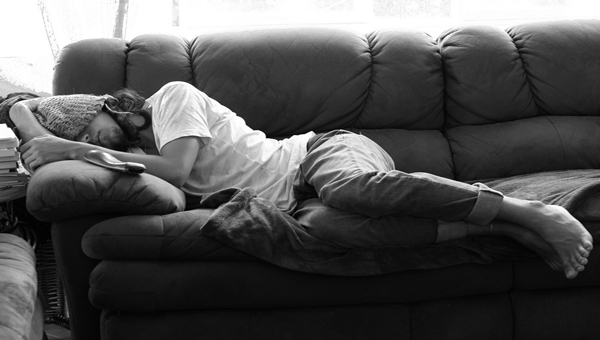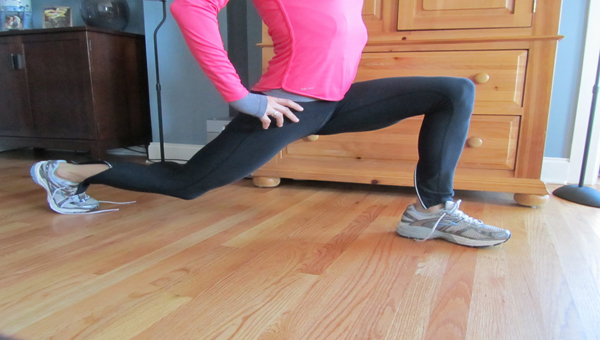Every time you get ready to go to the gym, or go outside to train plan on challenging yourself and having fun. When you read about training, most articles talk about pushing your body to the limit in order to reach goals. On most days that is probably the case but you also have to give your body at least one day a week to rest. This will prevent overtraining. When I say rest that doesn’t entail becoming a couch potato for a whole day doing absolutely nothing. Optimize your workout through active rest by doing low intensity exercise. That seems like an oxymoron but let me explain
Passive Rest

When we use the term rest, most of us probably think about sleeping, reading a book in a recliner, or watching tv on the couch. The term for that type of lounging is called passive rest. If your training sessions are at a very high intensity level throughout the week then this type of rest may be acceptable.
You should not rest passively more than once per week. Try and limit it even to once every two weeks. The reason is that muscles tend to tighten up when you do absolutely nothing for a whole day. It can also throw you out of your groove of training. Every person will have different reactions to resting, so you also have to listen to your body. If you start feeling symptoms of overtraining you may need one of these days.
Active Rest

Most rest days should still be active. After a few hard workouts your body will probably be sore, fatigued, and basically begging you for some rest. You should absolutely push your body to the limit, but at the same time listen to its needs. One or two days throughout the week you can have an active recovery workout which is basically a training session at a much lower intensity. Your body should feel more rejuvenated upon completion of the workout.
This type of rest day will be different for athletes with different goals. People who want to just improve overall health and wellbeing may just want to take a long walk, jog,swimming, dynamic stretch, or do yoga.
If you have very specific goals like lifting heavy weight, then on a rest day you can do the same thing, just lift at a lower intensity. As an example, if you normally lift extremely heavy, try only lifting up to 75% of your 1 rep max for around 3 sets.
People who do a lot of cardio, like runners and cyclists can still do cardio. To decrease the intensity for an active rest you should keep your heart rate around 130 beats. That number may vary, so another way to check yourself is to make sure you can hold a descent conversation while you are exercising. If you are too out of breath to do that, then you may be pushing it too hard for a rest workout.
An active rest workout gives your body the opportunity to rebuild sore muscles and get rid of fatigue while still burning some calories. This type of resting is much more productive than passive rest if you have self control and don’t over do it. It can be hard to keep the intensity of a workout so low. If you take the time to put on training gear, and then drive to the gym, you will be tempted to workout like you normally do. That can be detrimental, especially if you are already on the verge of overtraining syndrome.
If you have very little self control in the gym, then passive rest may be the better option. In most circumstances this is not the case, but like I said before, everyone reacts differently to rest. The main thing is that you listen to your body’s needs. Try optimizing your workouts during the week through active rest days and always check yourself to make sure you are keeping a low intensity. If you have any questions about how much rest is specific for you, contact me and I will personally respond quickly. Also, leave a comment and share your rest routine if you already have one.
 About Adam Pegg
About Adam Pegg



